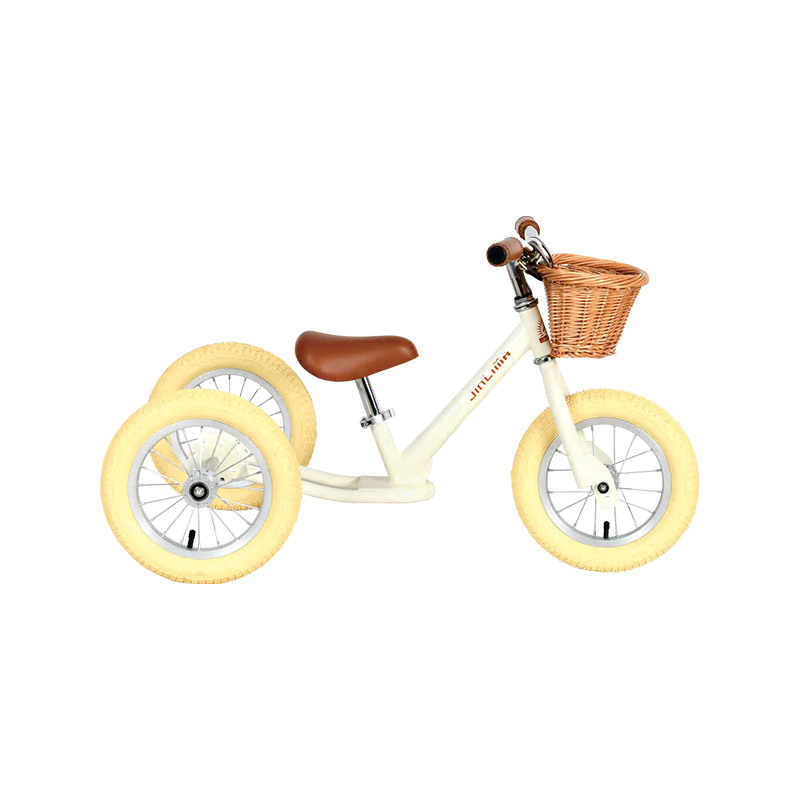Balance bikes, often referred to as run bikes or push bikes, have become increasingly popular as a means for young children to learn the fundamentals of cycling. These bikes, designed without pedals, chains, or gears, allow children to propel themselves using their feet, making them ideal for fostering balance and coordination. When considering the appropriate age for a child to start using a balance bike, it's essential to recognize that most children can begin around 18 months to 2 years old. This age range is typically when they have developed enough physical strength and coordination to manage the bike effectively.
The low seat height of balance bikes is a critical feature that accommodates young riders, allowing them to easily straddle the bike and walk while seated. This design not only enhances their comfort but also instills confidence as they learn to balance. Children can initially use the bike by walking with it, gradually transitioning to pushing off the ground to glide. This method of learning is intuitive and enjoyable, helping children develop essential motor skills without the fear of falling that often accompanies traditional bicycles with training wheels. As they gain proficiency, most kids are ready to transition to a pedal bike by the age of 3 to 5 years, having mastered the art of balancing and steering.

It's also worth noting that readiness can vary based on individual development. Some children may show interest in balance bikes even earlier, while others may not feel comfortable until they are older. Factors such as physical size, confidence, and even personality play significant roles in determining when a child is prepared to start riding. Parents can facilitate this process by providing a supportive environment, encouraging practice, and ensuring safety measures are in place. Engaging children in balance bike riding can become a cherished family activity, reinforcing skills that will serve them well as they progress to more advanced cycling.
While 18 months to 2 years is generally considered the optimal age to introduce a balance bike, each child's unique development should guide the timing. Balance bikes offer a fun and effective way for children to learn essential cycling skills, setting them on a path toward becoming confident cyclists. By nurturing their interest and providing appropriate guidance, parents can make this transition both enjoyable and rewarding, fostering a lifelong love of biking.




 中文简体
中文简体








 Linhang industry park, Zhuji,
Linhang industry park, Zhuji,  +86-18858280688
+86-18858280688
